
1872年東京 日本橋
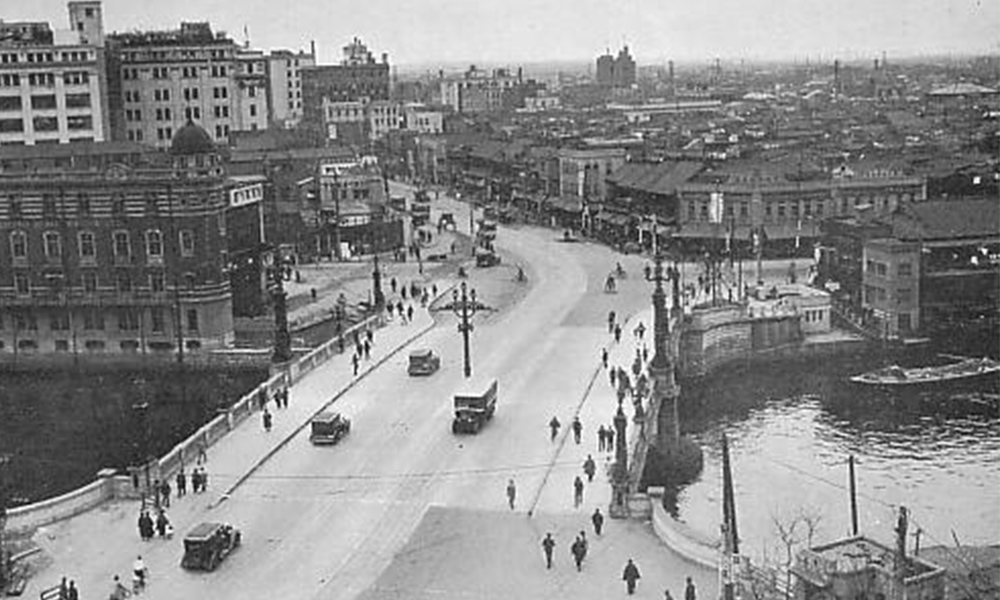
1933年東京 日本橋
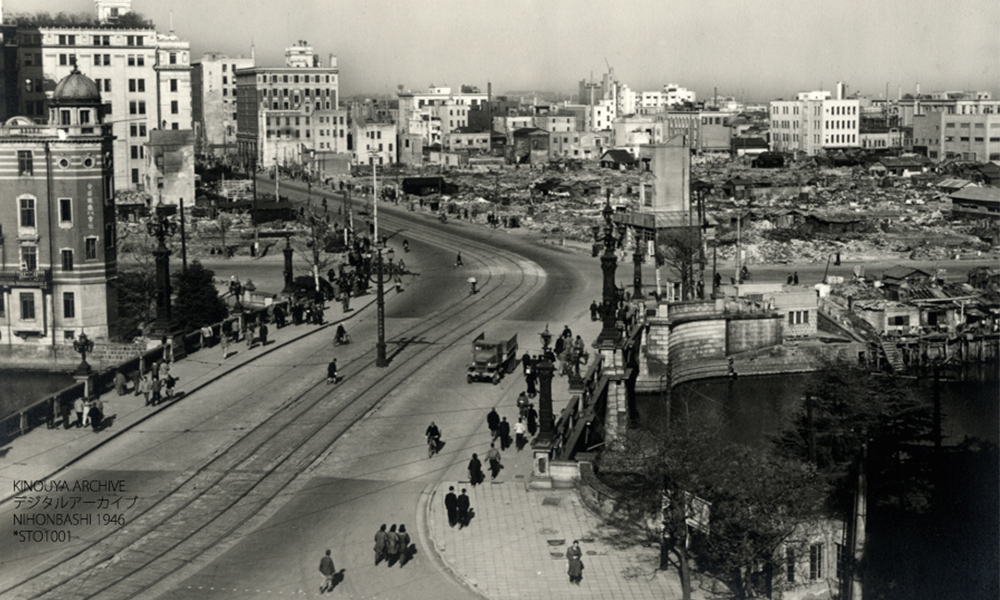
1946年東京 日本橋
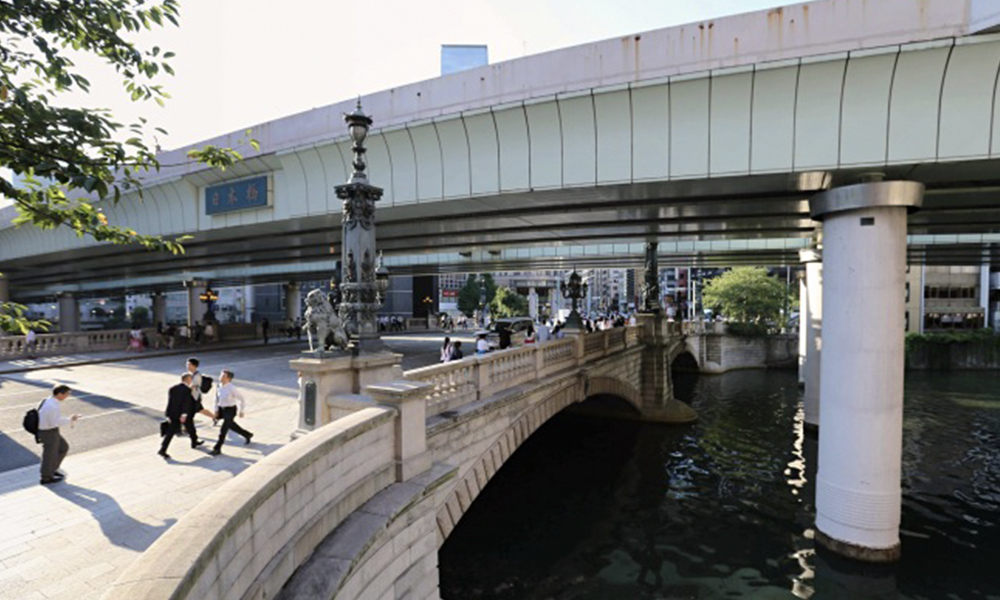
2017年東京 日本橋
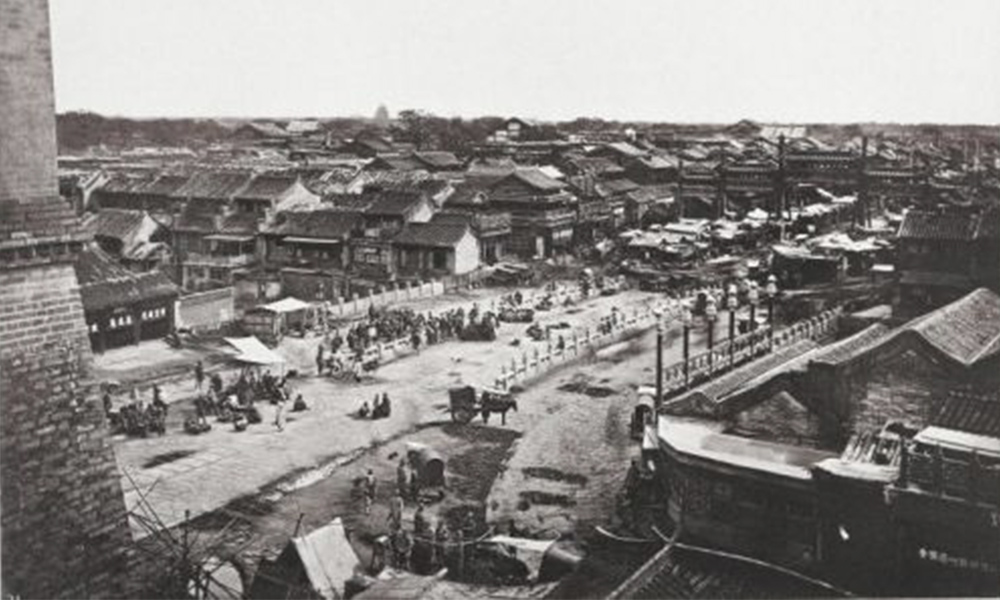
1872年8月〜10月北京 前門
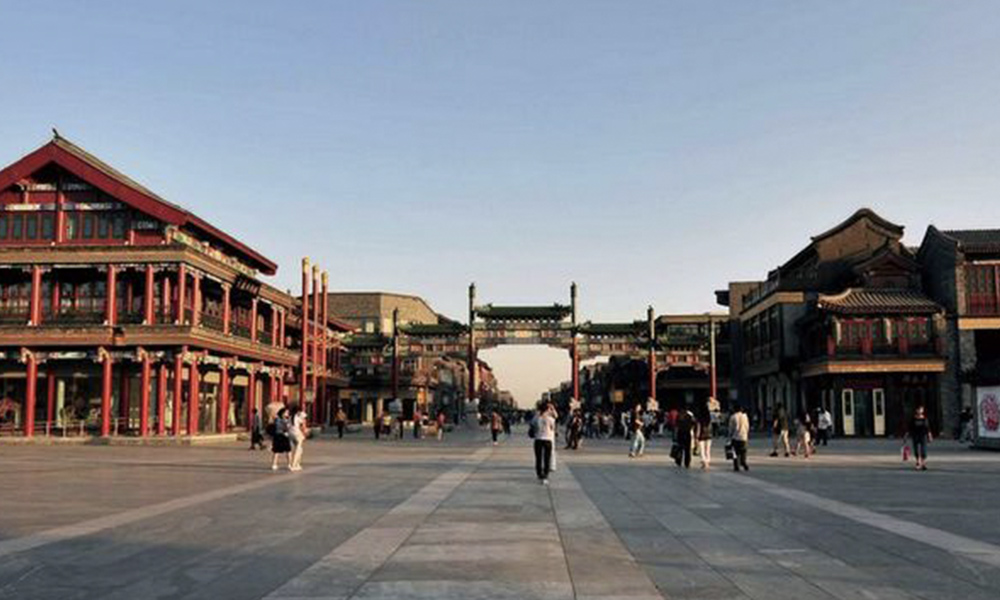
現在北京 前門
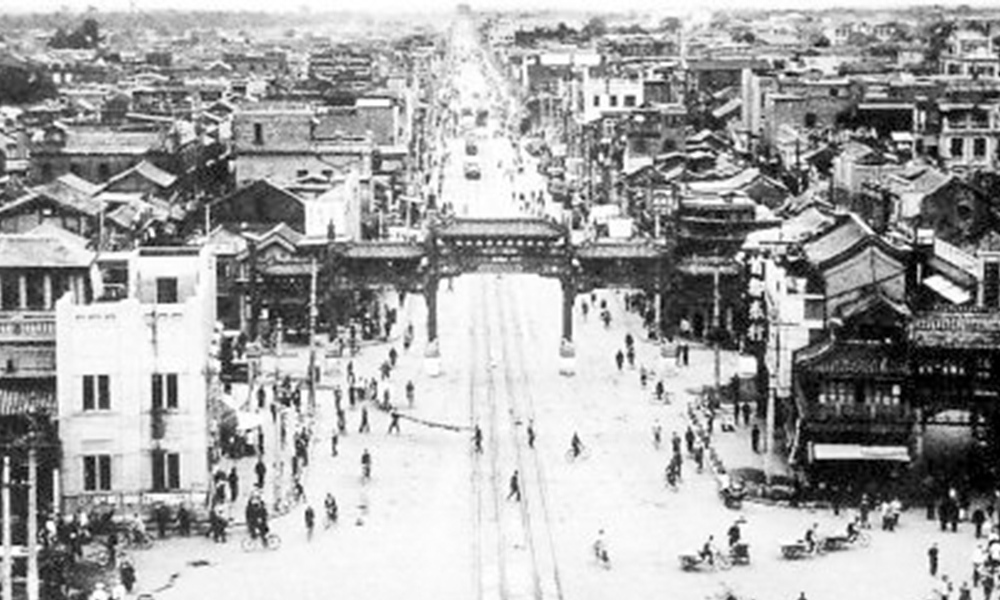
1949年前後北京 前門
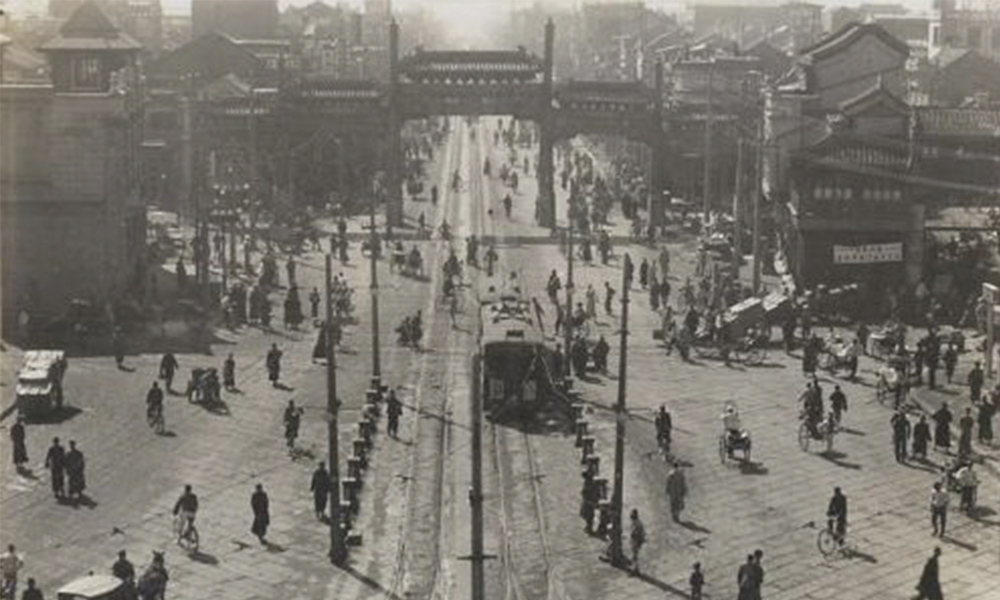
1930年代北京 前門
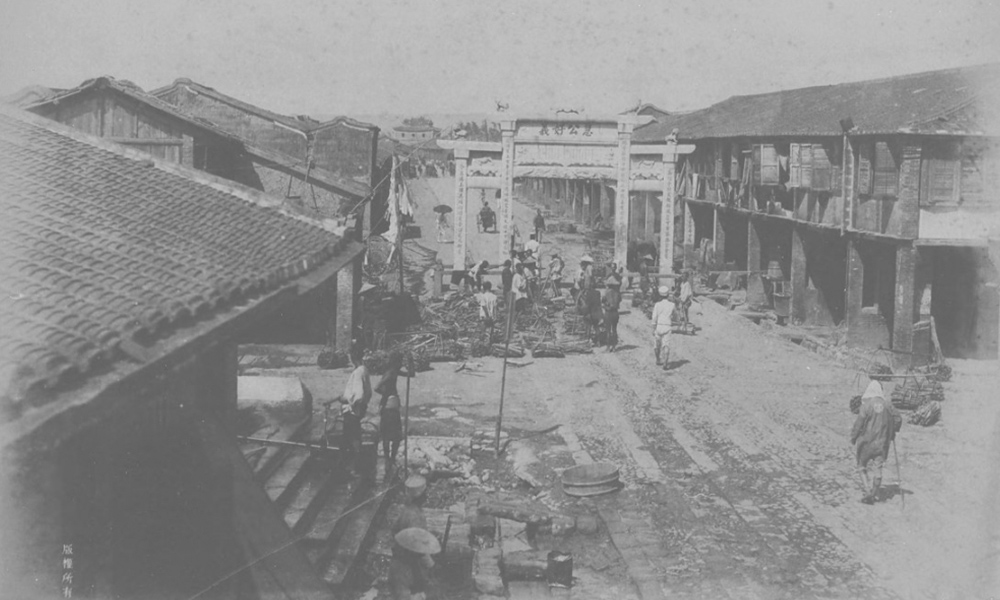
1895年台北 衡陽路
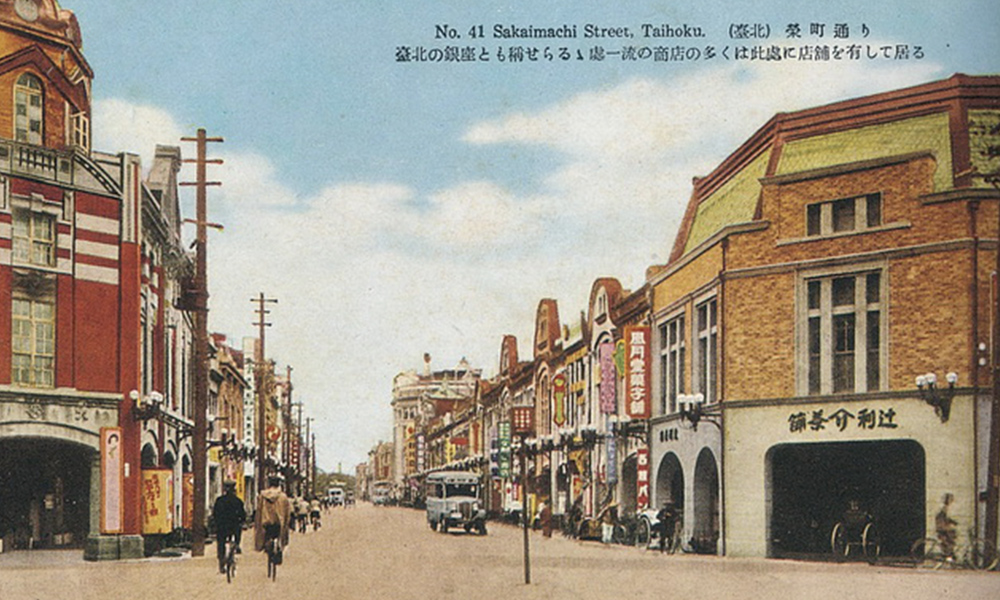
1930年代台北 衡陽路
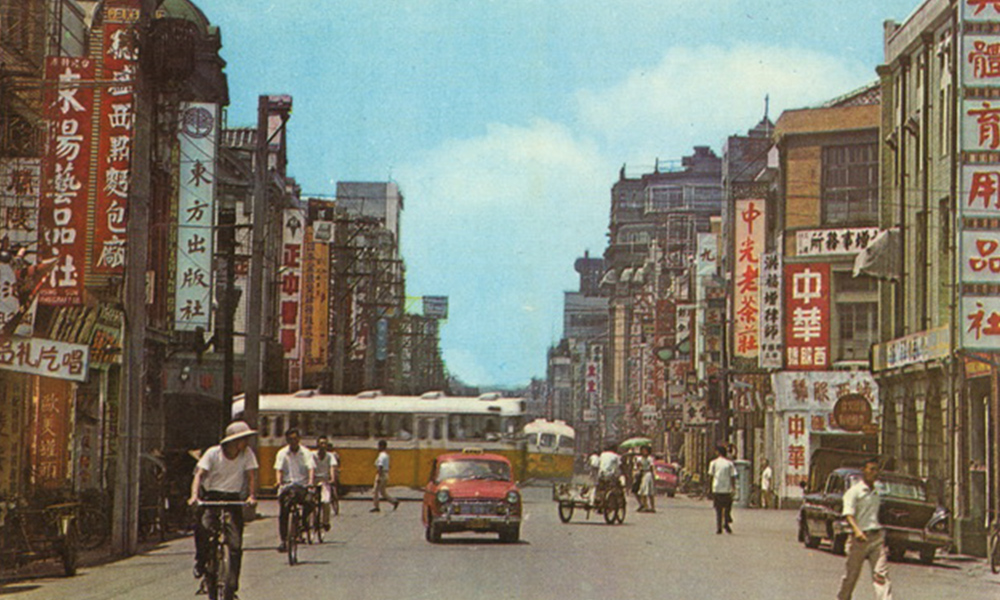
1960年代台北 衡陽路
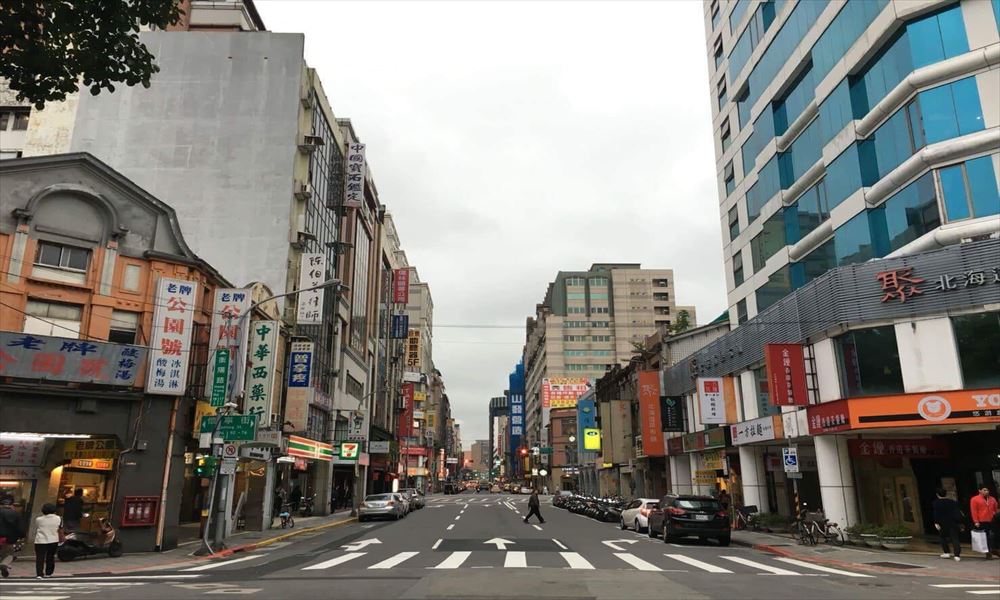
現在台北 衡陽路
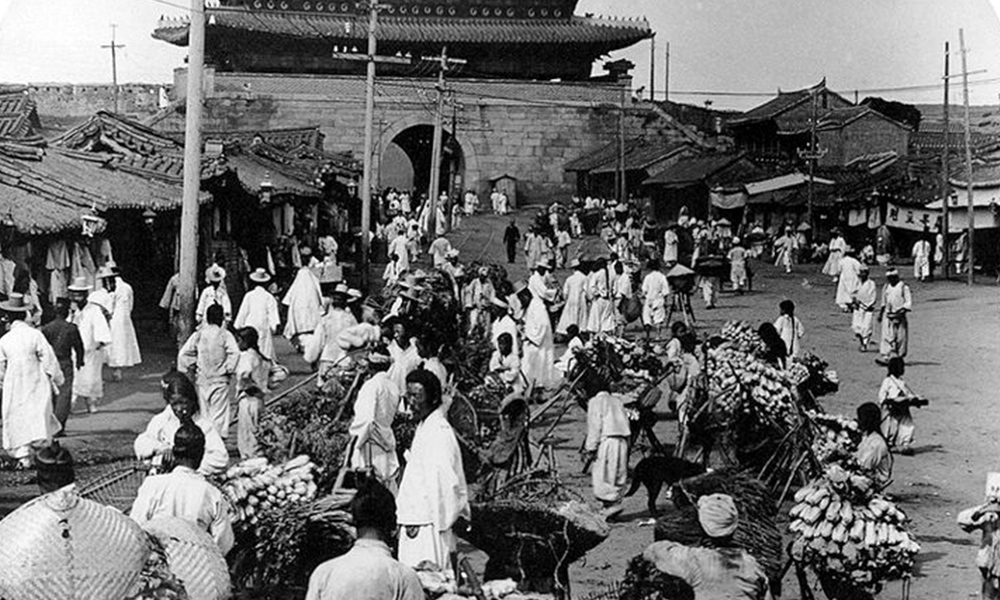
1904年ソウル 南大門
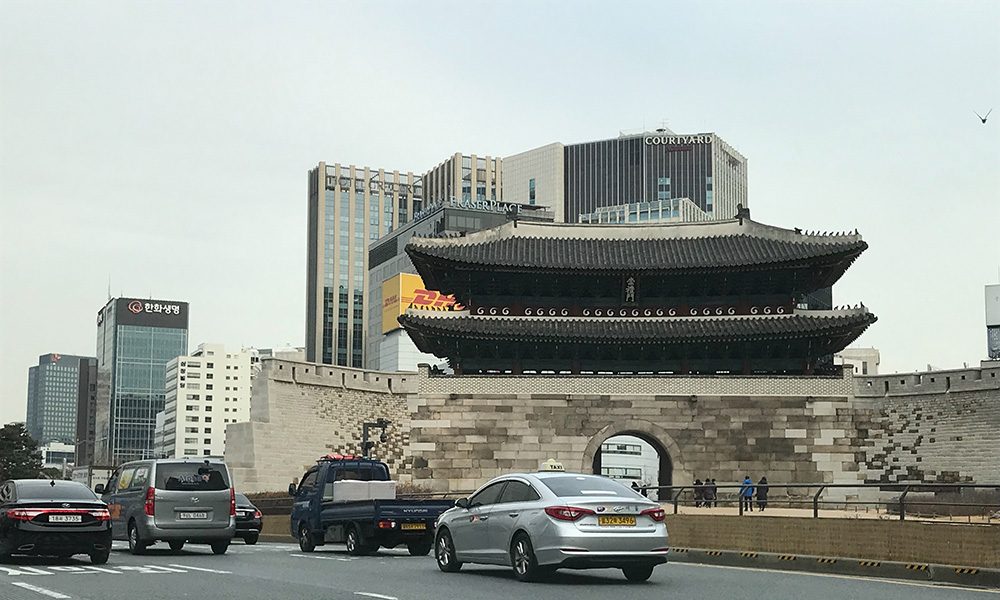
2006年ソウル 南大門
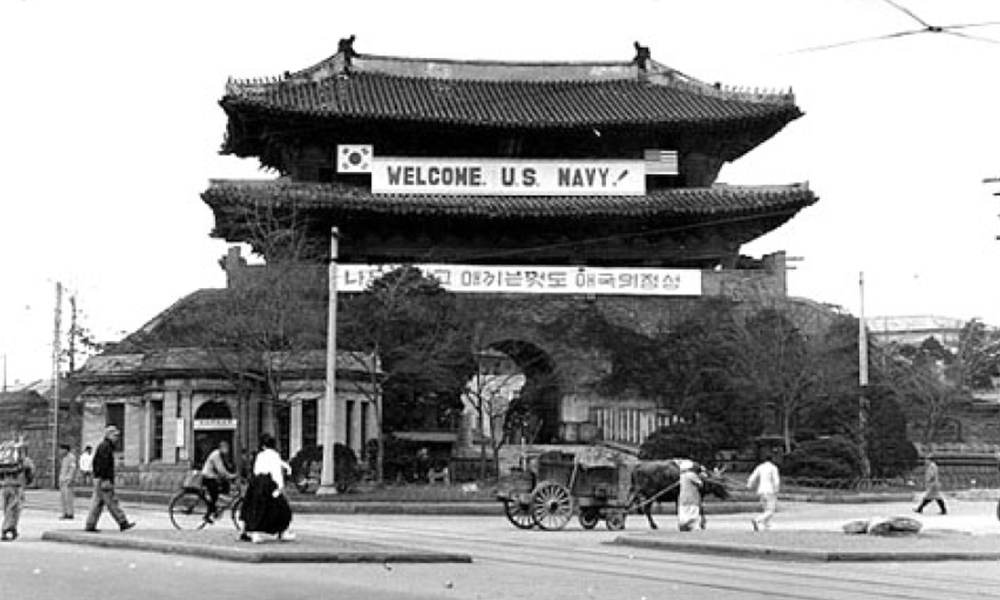
1950年ソウル 南大門
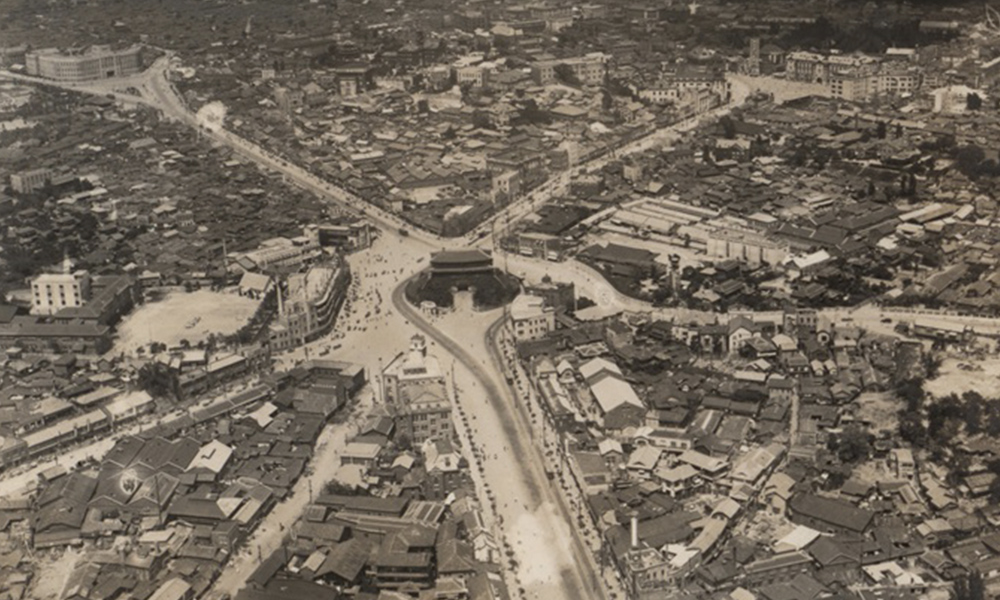
1940年代初ソウル 南大門
SAKURAI Sumire, Graduate Student
Department of Area Studies, Graduate School of Arts and Science, The University of Tokyo
The Forum, entitled ‘Historical Issues and “Reconciliation”: Documentary Film Screening and the Civil Movement’ was held on the 20th of October in 2017. This forum invited Tonohira Yoshihiko, the Chief Priest of Ichijo-ji Buddhist Temple, and a representative of the Forum of Forced Labour Victims in Hokkaido. Tonohira has been involving in a work of excavation of the remains of forced labour victims. In the forum, participants watched a film: ‘So Long Asleep’, and had a discussion about the film. This film was made by David W. Plath, professor of Illinois, in 2016. This film focused on the activities of Tonohira, who has been initiating ‘the East Asia Joint Worship’ since 1997, and a project of (original: 鄭 炳浩), professor of Hanyang University (anthropology) .
The Foundation of the East Asia Joint Workshop
‘The East Asia Joint Workshop’ was began in the 1990s. This workshop was initiated by the Japanese, the Koreans and the Koreans residing in Japan. The mission of the workshop is excavation of the remains. Tonohara, one of founders, searched remains of the Japanese, the Koreans and the Chinese, who became victims as forced labours during the war, while he has been participating in the movement of people’s history since the 1970s. When (original: 鄭 炳浩) was pursuing his doctoral research at Illinois in 1989, he visited Hokkaido for his field work. At that time, he met Tonohira and started to be interested in the collecting remains project. He told Tonohira, ‘If I become a university scholar, I will re-visit Hokkaido with my expectant colleagues and students to do further excavation.’ His words became true in 1992, which he organised a ten-day joint workshop. Since then, the collecting remains activities have been carrying out in Shumarinai, Sarufutsumura-asajino, and Ashibetsu in Hokkaido.
To Whom Remains belong
At the forum, Tonohira questioned us, ‘to whom the remains belong?’ Due to his long term activity, he believed that the remains do not belong to the government and NGOs, but bereaved families. Thus, he returns the remains to their bereaved families if he can identify victims through a name list of victims. However, there were many remains, which he could not identify. Many of them were victims from the Korean Peninsula. There was also another factor for difficulty with the identification. This was because many of the remains were cremated together. Particularly after the 1990s, a number of temples were rebuilt, and they could not keep the remains holding. Therefore, they cremated altogether, which made bones small, while they cleared the rest of remains. In the worst case, 101 bodies of the remains were stored in one urn. In this case, it was very difficult to return the remains to their bereaved families even though Tonohira could identify them.
The Work of the Repatriation of the Remains by Civilians
When Tonohira met the bereaved families in South Korea in 2013, he was told by them that they were waiting to receive the remains for a long time. During his conversations with the families, he almost lost his words. They said to Tonohira that even they were fine with receiving the remains with others’ – if there was their father’s remains, they wanted to have it as one hundredth of bones. Due to their imploring, the project repatriated remains of 115 bodies to the Korean Peninsula in 2015 – it was the 70th anniversary of the end of the Asia-Pacific War. This event was called ‘coming home after 70 years’ and had great support of local people. (Please see the link: ‘Repatriation of the Remains’)
The Meaning of Excavation of the Remains
The East Asia Joint Workshop now has a number of participants who are from a range of national and ethnic origins. They are the Americans, the Germans, Korean Australians, and the Ainu people. Participants who joined the workshop this time told me the significance of this activity as the following: ‘We have political confrontation in East Asia; thus, we must gather in the same place to have face to face talk.’
Tonohira emphasised that he has not been involving in this activity on behalf of the government and private companies, but he stressed his personal responsibility with his participation as he happened to see the remains. Although he pointed out the responsibilities of the Japanese government and private companies, he still believed that the grass root movement led by civilians and priests could ameliorate tension.
Due to Tonohira’s long-term activity, he also said, ‘Memory only remained through records.’ He emphasised the importance of recording and memorising. Excavation of the remains reminds us buried history. Excavated bones re-appear in front of our eyes. From which perspective, we are looking at these remains, which connote pain? When people discover the remains, they will imagine pain in the past, and will continue this work. It will be a long lasting project, and will meet the reconciliation somehow sometime.